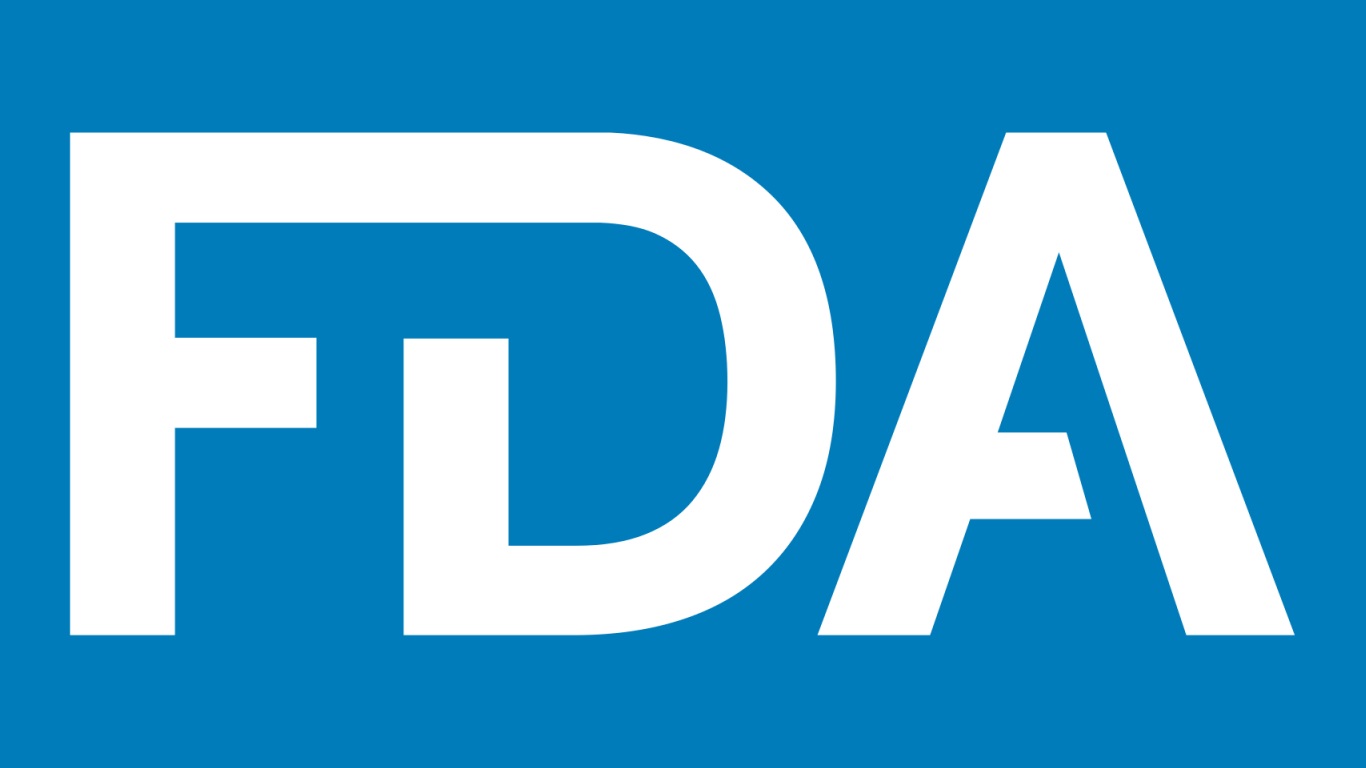FDA Publishes Final Rule on Agricultural Water To Enhance Produce Safety

On May 2, the FDA published a final rule on agricultural water developed to enhance the safety of produce. The revised requirements are intended to enhance public health by improving the safety of water used in produce cultivation. The revisions are also designed to be practical across various agricultural water systems, uses, and practices, while remaining adaptable to future advancements in agricultural water quality science.
The final rule replaces certain pre-harvest agricultural water requirements for covered produce (other than sprouts) in the 2015 Produce Safety Rule with requirements for systems-based agricultural water assessments to minimize potential risks associated with pre-harvest agricultural water. Specifically, this rule:
- Establishes requirements for agricultural water assessments that evaluate a variety of factors that are key determinants of contamination risks associated with pre-harvest agricultural water. This includes an evaluation of the water system, water use practices, crop characteristics, environmental conditions, potential impacts on water from adjacent and nearby land, and other relevant factors.
- Includes testing pre-harvest agricultural water as part of an assessment in certain circumstances.
- Requires farms to implement effective mitigation measures within specific timeframes based on findings from their assessments. Hazards related to certain activities associated with adjacent and nearby land uses are subject to expedited mitigation.
- Adds new options for mitigation measures, providing farms with additional flexibility in responding to findings from their pre-harvest agricultural water assessments.
Farms are required to conduct assessments of their pre-harvest agricultural water annually, and whenever a significant change occurs, to identify any conditions likely to introduce known or reasonably foreseeable hazards into or onto covered produce or food contact surfaces.
These revised requirements reflect findings from investigations of several produce-related outbreaks as well as feedback from a variety of stakeholders on the agricultural water requirements in the 2015 Produce Safety Rule. Dates for compliance with the new pre-harvest agricultural water requirements for non-sprout covered produce are as follows:
- Very small farms: 2 years, 9 months after the effective date of the final rule
- Small farms: 1 year, 9 months after the effective date of the final rule
- All other farms: 9 months after the effective date of the final rule
The rule does not alter existing requirements for agricultural water for sprouts, for which compliance dates have passed. It also does not alter existing requirements for harvest and post-harvest agricultural water activities. Additional information about compliance dates can be found on the FDA Proposes Compliance Date Extension for Pre-Harvest Agricultural Water Requirements webpage.
The FDA will work with its state partners to implement these changes. The agency plans to work closely with state regulators, National Association of State Departments of Agriculture (NASDA), educators, and others, including the Produce Safety Alliance, to provide training to implement these changes to the agricultural water requirements.